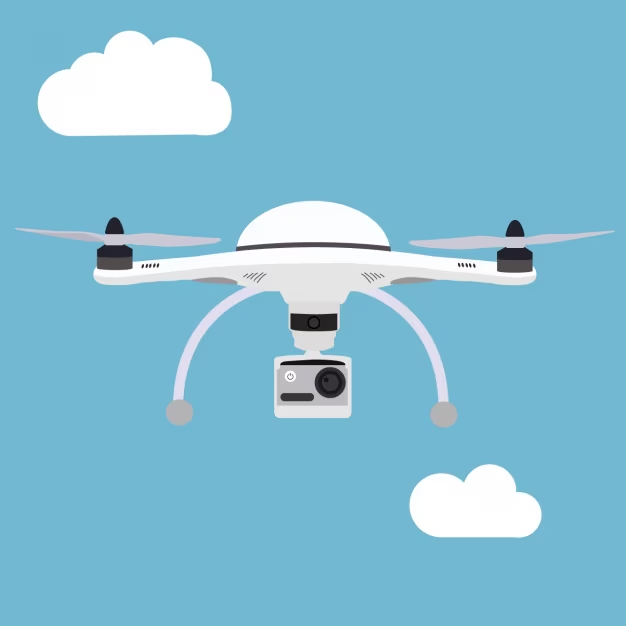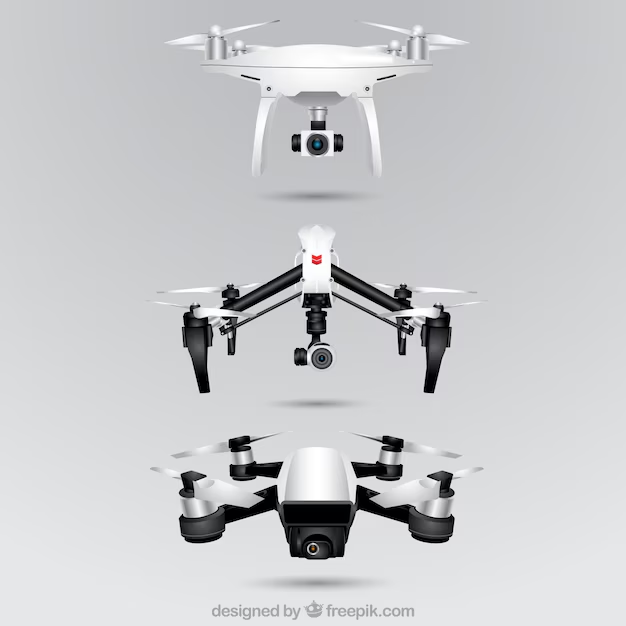Choosing the Right Drone Frame: A Comprehensive Guide
Drones have revolutionized many industries, from aerial photography to agriculture, and at the heart of every drone is its frame. The frame not only determines the drone’s durability and flight capabilities but also influences its overall performance and usability. This article delves into the essential aspects of drone frames, helping you understand their importance and how to choose the right one for your needs.
Understanding Drone Frames
The drone frame is the structural component that holds all the parts of the drone together, including the motors, flight controller, and battery. It acts as the foundation on which other components are mounted and plays a crucial role in the drone’s stability, weight distribution, and aerodynamics.

Types of Drone Frames
- Quadcopter Frames: The most common type, quadcopter frames have four arms extending from the central body, with each arm holding a motor and propeller. These frames are popular for their balance between stability and maneuverability.
- Hexacopter Frames: Featuring six arms, hexacopter frames offer more stability and redundancy. If one motor fails, the drone can still fly, making it ideal for professional applications where reliability is critical.
- Octocopter Frames: With eight arms, octocopter frames provide superior stability and lift capacity. They are typically used for heavy-lifting tasks and high-end cinematography due to their robust build and ability to carry larger payloads.
- Custom Frames: For those who need specific features or unique designs, custom frames can be built to meet particular requirements. These frames allow for customization in terms of size, shape, and material.
Materials Used in Drone Frames
- Carbon Fiber: Known for its high strength-to-weight ratio, carbon fiber frames are lightweight yet incredibly durable. They are resistant to impacts and can withstand harsh conditions, making them suitable for both recreational and professional use.
- Aluminum: Aluminum frames are known for their sturdiness and resistance to corrosion. While heavier than carbon fiber, they are more affordable and can handle moderate impacts.
- Plastic: Plastic frames are often used in beginner drones due to their low cost and ease of production. They are less durable than carbon fiber or aluminum but are sufficient for light recreational flying.
- Composite Materials: Some frames are made from composite materials that combine various elements to balance strength, weight, and flexibility. These materials are often used in high-end drones for their enhanced performance characteristics.
Key Factors to Consider When Choosing a Drone Frame
- Durability: Consider the material and construction quality of the frame. A more durable frame will withstand crashes and rough landings, extending the lifespan of your drone.
- Weight: The weight of the frame affects the overall weight of the drone, which in turn impacts flight performance and battery life. Lightweight frames generally improve flight time and efficiency.
- Size and Configuration: The size of the frame should match the type of drone you are building or flying. For instance, a larger frame can support more components and heavier payloads but might be less agile.
- Compatibility: Ensure that the frame is compatible with other components, such as motors, flight controllers, and batteries. Proper fit and compatibility are crucial for the drone’s performance and safety.
- Design and Aesthetics: While performance is key, the design and appearance of the frame can also be important. Choose a design that suits your style and the purpose of your drone.
Maintenance and Upgrades
Regular maintenance is essential to keep your drone frame in good condition. Inspect for cracks, wear, and loose parts, especially after crashes or heavy use. Upgrading your frame can also enhance performance, especially if you’re transitioning from a beginner to a more advanced flying experience.
Conclusion
Choosing the right drone frame is fundamental to building a reliable and high-performing drone. By understanding the different types of frames, materials, and key factors to consider, you can make an informed decision that aligns with your needs and preferences. Whether you’re a hobbyist looking for a fun flying experience or a professional in need of a robust platform for complex tasks, selecting the right frame will significantly impact your drone’s performance and longevity.

